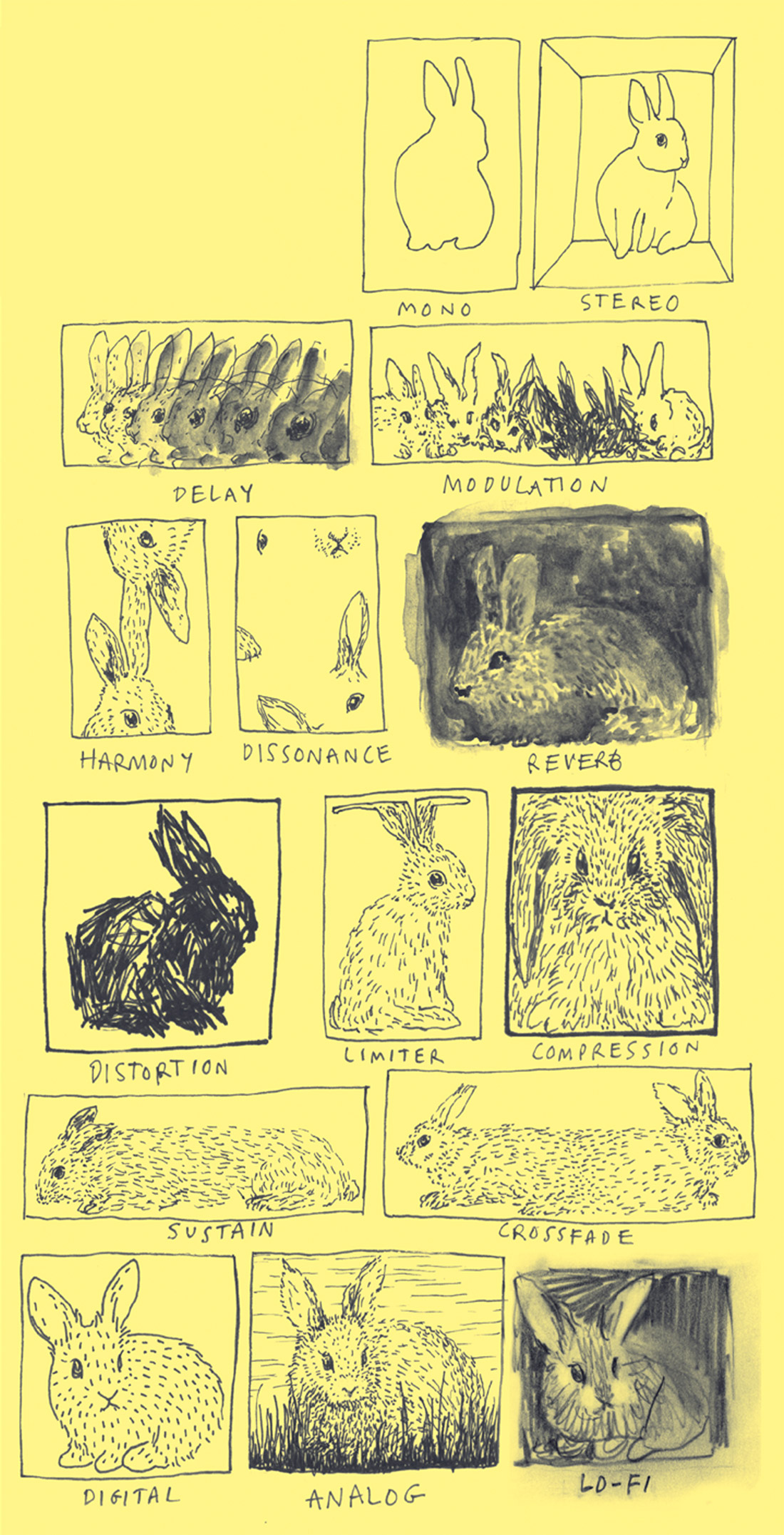We talked to Jacquire King briefly in Tape Op #45 when he was working with producer Eric Valentine, but in the seven years since that time Jacquire has been involved with an impressive roster of albums as a producer, engineer and mixer. With a discography including Tom Waits, Modest Mouse, Kings of Leon, Mutemath, Josh Ritter, Mike Doughty, Norah Jones, The Features, Cold War Kids, Tim Finn and the Punch Brothers, he's pulling the truth out of some of the best music happening today. I interviewed Jacquire in Nashville in front of a room of like-minded recording folks at the third annual Recording Summit at Welcome to 1979 Studio.
I heard you got fired once while working on TV scores in San Francisco?
Yes, I had this job in 1988 at Different Fur Studios, which did a lot of Windham Hill stuff. It was one of the few SSL consoles in the Bay Area at the time. We also did a lot of hip-hop, film and TV. We were working on the show Unsolved Mysteries and had been doing that for a couple of months straight. The hours were really insane. It was really late one night; I was getting sleepy in the back of the room and the track sheet wasn't updated properly. It was all MIDI stuff, the only thing that was live was some piano. But something got erased and I was fired to please the client.
That's a brutal situation.
It was kind of a bummer.
There has never been that much studio work in the Bay Area.
No, I couldn't replace that job. I had to get a construction job, paint houses and do live sound. I ended up working with the group Consolidated. Later I had my own studio space and I got involved with The Grill Studios, doing hip-hop and other stuff.
I know you delved into Pro Tools early on, in its initial version as Sound Designer.
When I was working at The Grill I started using Sound Designer. The first thing I got was an AudioMedia II card, which with [Opcode's] Studio Vision gave the option of four tracks of digital audio. That's how I would do a lot of vocal and bass parts. We used a 24-track Otari MX-80 and Studio Vision would drive whatever the producer would bring in, like an Ensoniq ASR-10. We would sync the computer up to the tape machine via SMPTE and the computer would spit out the MIDI.
Audience Member: Where was that?
Oakland, California. We had some very Oakland rap sessions going on — a lot of thugs. I stopped engineering there after my buddy John was pistol- whipped and there were machine guns in the studio. I was like, "Okay, I'm done." Very soon after that session there were some automatic weapons pulled out in the studio and fired in the back of the building. I got all my gear out, and that was that. That would have been around 1994. I'm thankful for all the live sound that I've done and the film sound — all of the odd sessions.
What was the transition like from The Grill to working with Tom Waits on Mule Variations?
Around that time I was the production manager at Slim's [nightclub], so I had that live sound job and I was also interning for Dan Alexander at Coast Recorders — just trying to hustle and do anything I could. There used to be a studio called Dancing Dog that I'd do sessions at as well. I got a Pro Tools rig as soon as I could. Dan Alexander moved Coast from Mission Street to the Harrison Street location. I knew two friends of mine, Craig Silvey and Philip Steir, wanted to open a studio. Phillip was the drummer in Consolidated and I knew Craig from assisting at Russian Hill Recording and also from Different Fur. Since I had been working for Dan I knew of the vacancy, so I called them and said, "Hey, I know the perfect place and I would love to help you open it." They bought the studio with the Neve console that was already there and I started working as the main assistant in Studio A.
That was the old Coast location?
Yes, which is a Bill Putnam-designed room. It was built in 1964 to record West Coast jazz — that's why it was called Coast Recorders. It was a great old room. They had recorded some Janis Joplin and Blue Cheer sessions there. CBS Records had a downtown location, but they would book Coast for their overflow stuff — it had a pretty cool history. The Neve they had in there was really great — Craig has it in London now. Tom Waits was changing engineers, he had used Bones Howe [#64] for a very long time. Then...


